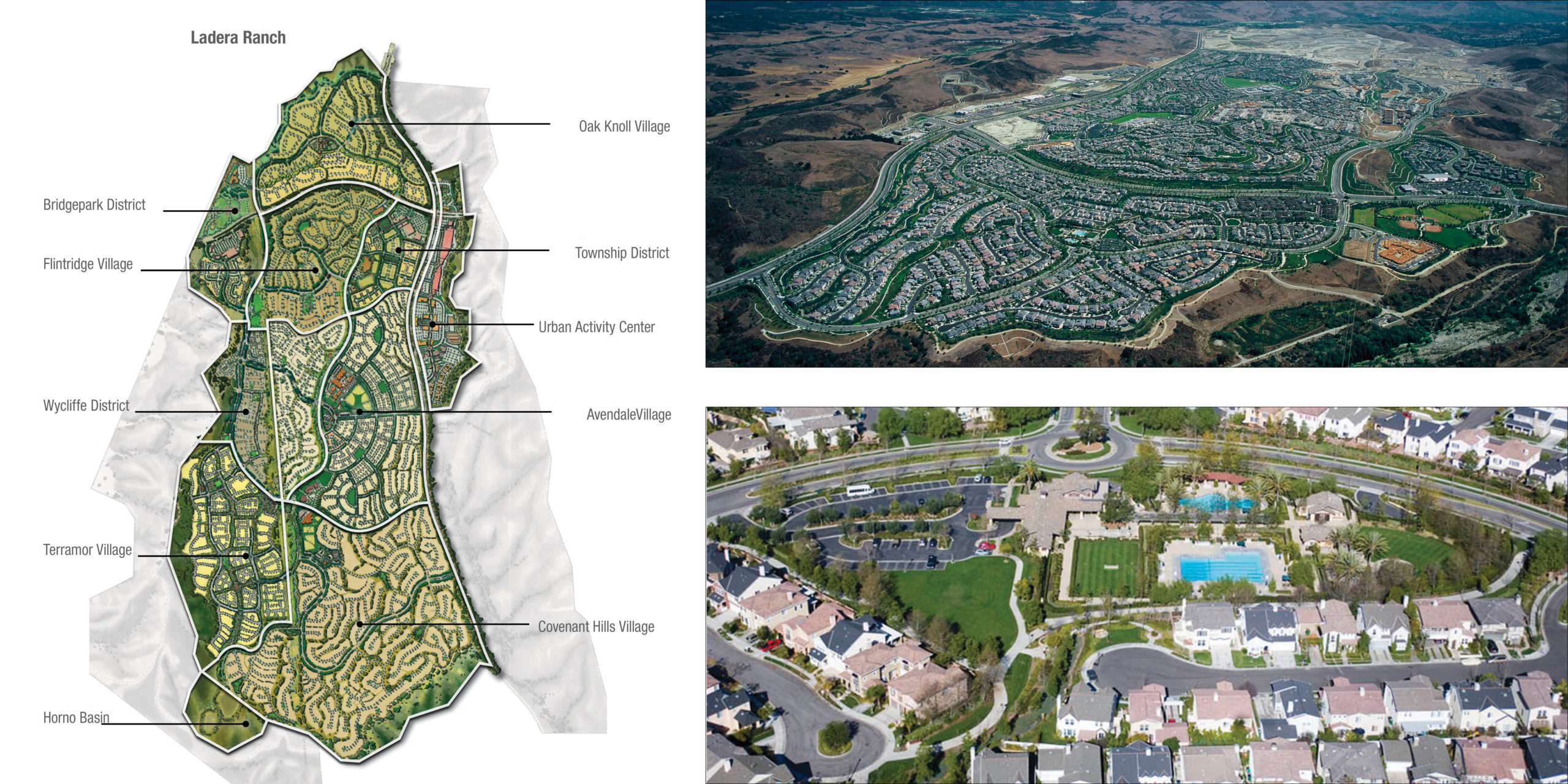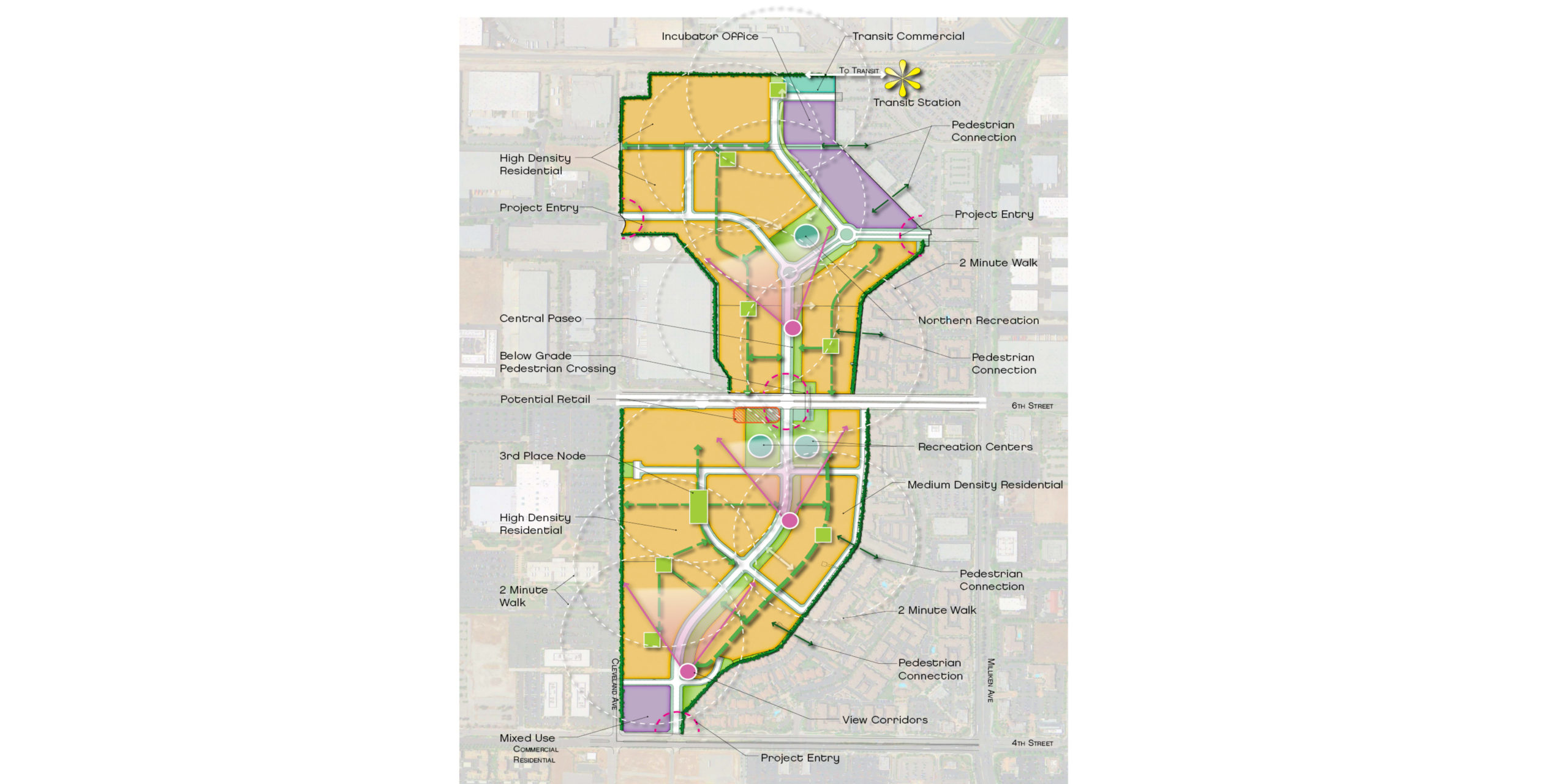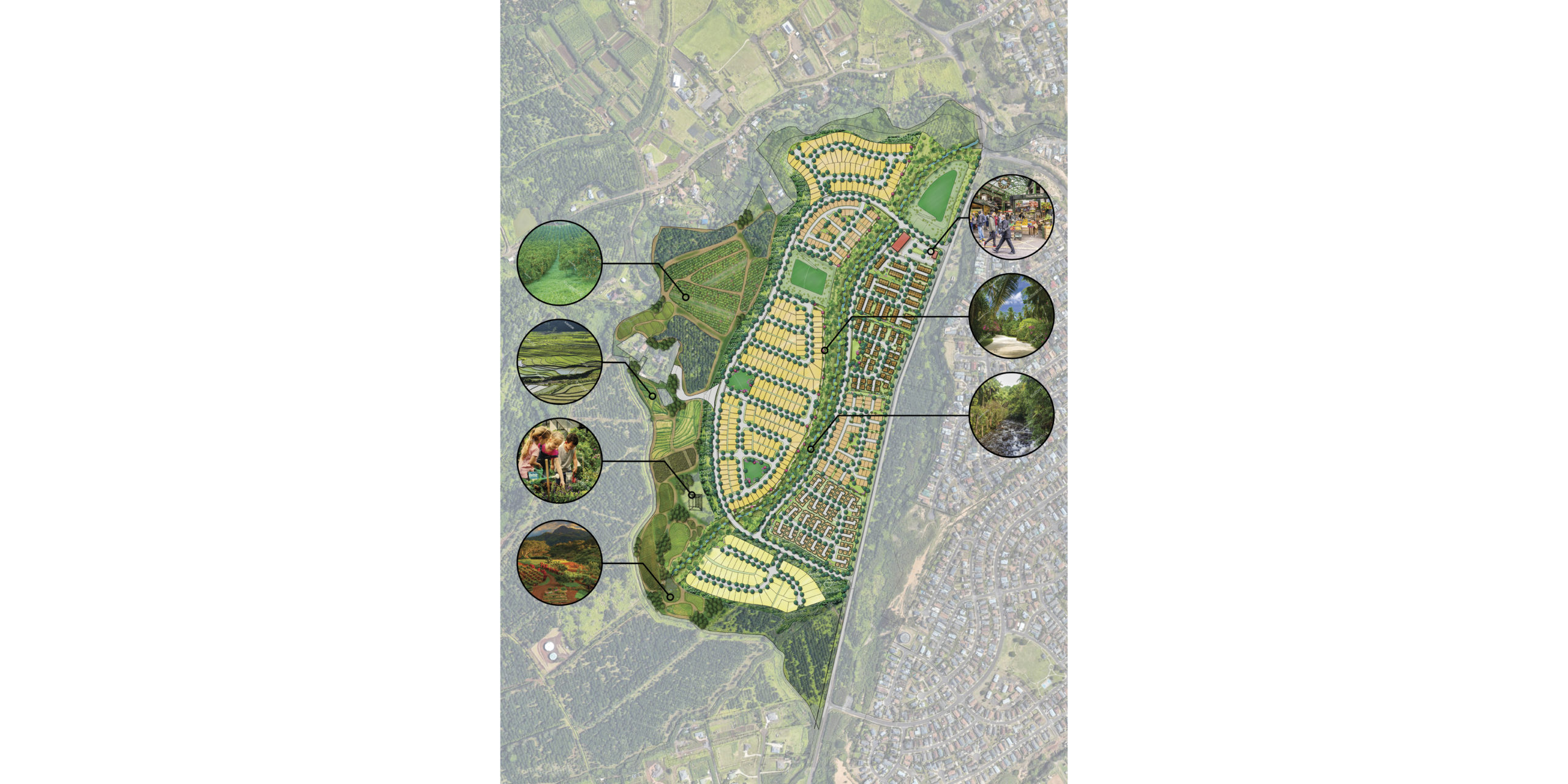Spotlight on Thesis: University of California Irvine, Masters of Urban and Regional Planning

Ladera Ranch | Ladera Ranch, CA
This past week, I spoke with WHA’s own Julia Malisos to discuss her master’s thesis from 2005. She focused her report on “The Guiding Principles of Master-Planned Communities.” I was curious to see if, 17 years later, these guiding principles still held true, or if the area of master planning has shifted since then.
First, Julia identified that pedestrian networks are a crucial aspect of these communities, citing that residents preferred to live in walkable neighborhoods both for exercise and meeting their neighbors, which builds a better community atmosphere. Following this, the development should also be compact, with a clear and understandable circulation network. This allows for shorter walks between destinations and enhances the public environment, as the residents feel comfortable walking from point A to point B.

The Resort | Rancho Cucamonga, CA
Next, if the above points are both emphasized within a community, there are more people engaging with one another in the public realm. This leads into Julia’s next set of key principles: community interaction, cohesion, and identity. In establishing these three concepts, the residents can start to feel a sense of place and pride in where they live, which facilitates growth and longevity within their community. Lastly, a sprinkling of varied amenities, open space, visual interest, and a broad range of housing options targeting many types of homebuyers brings it all together.

Waiehu | Maui, HI
When I started reading through Julia’s report, I wanted to note those elements which are out of date, or no longer valid within a master-planned community. However, I found myself noticing the exact opposite: not only are virtually all the “guiding principles” still in use today, but many of them have always been in use. This is evidenced in the report with thorough research and analysis of some of the country’s first ever master-planned communities: Llewellyn Park in 1853, Riverside in 1869, Radburn in the 1920s, and others. After nearly two centuries of evidence, it is clear that countless people want a pedestrian-friendly, walkable, interactive, and cohesive community in which they can call their home.




Leave a Reply